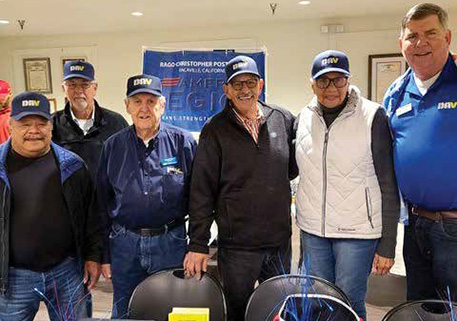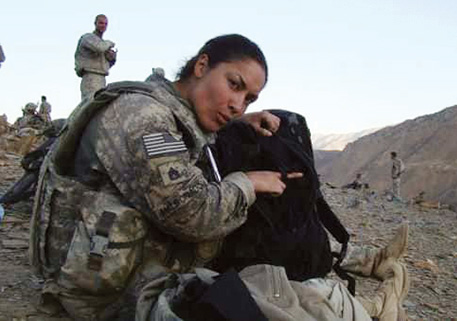VA appeals modernization law set to take effect in February
Handling VA appeals has long been a complex, nonlinear process that many veterans and their family members have called difficult to understand and even harder to navigate. Fortunately, a new law, set to take effect in February, will transform the process by providing veterans more choices, better control, greater transparency and faster decisions regarding their claims and appeals.
The Veterans Appeals Improvement and Modernization Act of 2017, signed into law last August and supported by DAV, requires improved notification of VA decisions, provides safeguards to ensure veterans receive the earliest effective date possible for their claim, and gives veterans dissatisfied with the VA decision on their claims three options to seek review.
“Before reform, veterans experienced a complicated appeals system that was buried in several layers of law,” VA Secretary Robert Wilkie said in a department news release. “The Appeals Modernization Act has since allowed VA, with the help of our partners, to design a new process that offers greater choice to veterans and faster decisions from VA.”
In the new system, the three differentiated lanes claimants will be able to choose from to seek review of a full or partial denial by the Veterans Benefits Administration (VBA) are higher-level review, supplemental claim, or direct appeal to the Board of Veterans’ Appeals (BVA) in Washington, D.C.
Previously, a veteran’s appeal had to be reviewed by the local VA regional office before it could be decided by the BVA. A local review of the evidence ultimately added more processing time to the appeal. Under the new law, veterans can avoid the local review process if they choose to do so and elect to have their appeal sent directly to the BVA. With the implementation of this new option, the BVA is aiming to reduce the wait time for a decision from seven years (on average) to within one year.
“The amount of time it takes some veterans to receive decisions on their appeals is unacceptable,” said National Service Director Jim Marszalek. “Our members and team have done a tremendous job in pushing for this new law, and we hope it helps the VA achieve the results it’s aiming for.”
If a claim needs new evidence, the VA recommends the supplemental claim process. The department will help gather the evidence and will aim for a new decision within 125 days of submission.
If a claimant doesn’t feel new evidence is needed and thinks a mistake was made, the higher-level review is the optimal route. In utilizing this process, a higher-trained VA employee will review the claim and will also aim to make a new decision within 125 days.
“There’s no wrong choice to make with these options, because now the effective date of your claim is protected so long as you take action within a year,” said Marszalek. “That’s another great benefit of the new legislation.”
These new processes are some of the final pieces to be put in place as the VA works to fully implement the law.
In November 2017, the department began the Rapid Appeals Modernization Program (RAMP), which allows veterans with an eligible, active appeal to choose between two of the three new lanes. Implementation of BVA’s appeals lane for veterans who have appealed their RAMP decision began in October 2018.
In federal fiscal year 2018, more than 56,000 veterans chose RAMP, with more than $101 million paid out in retroactive benefits, while BVA issued more than 85,000 decisions.
“The VA’s appeals modernization efforts are commendable,” said Marszalek, “but we’re still a long way from this being an easy-to-navigate process for anyone who’s not familiar with it. That’s why consulting with a DAV service officer is one of the best things a veteran can do to ensure they receive a favorable decision on their claim.”






